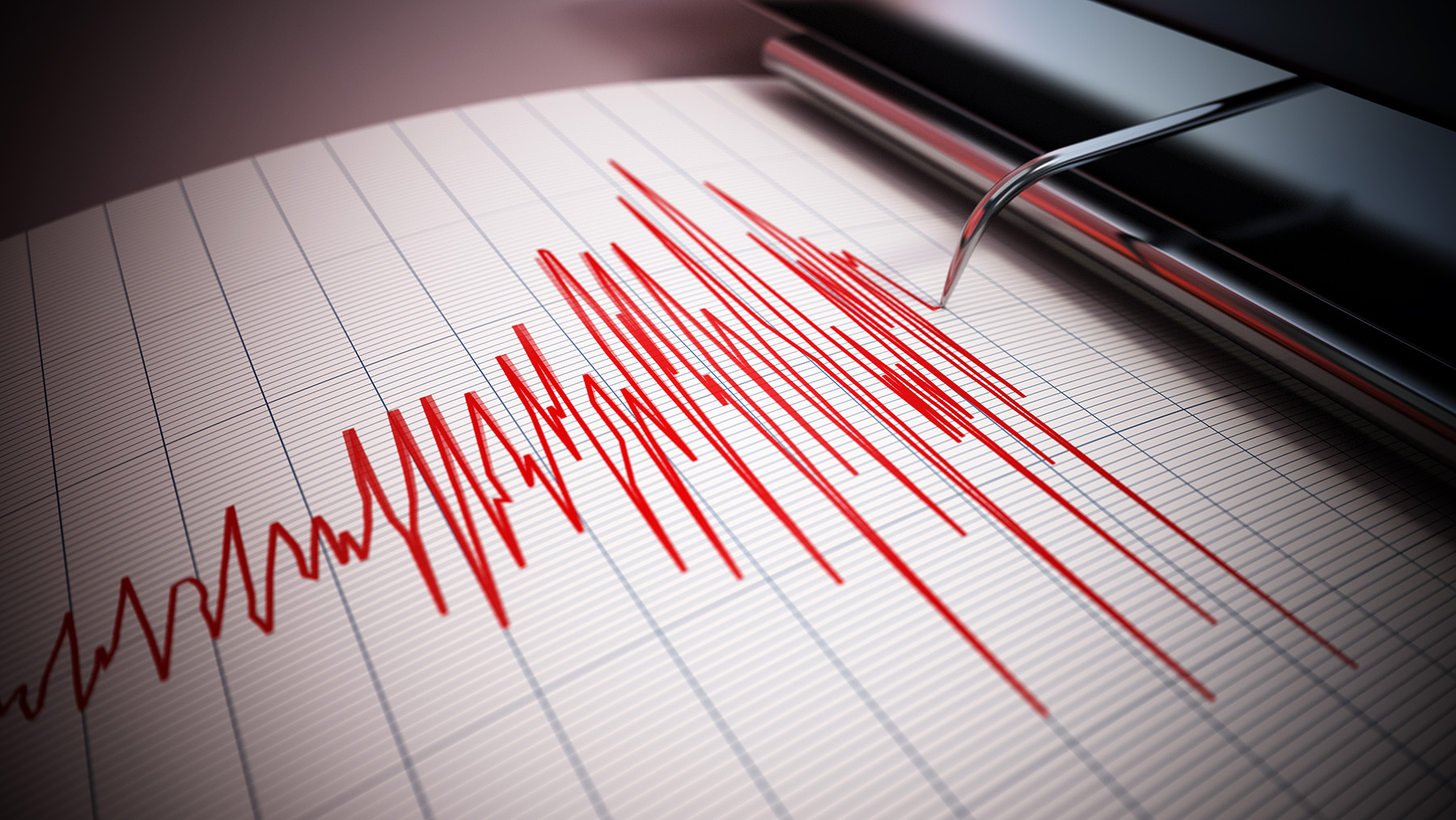
By Kayt Sukel
Earthquake engineers use a variety of methods to help them understand the dynamic behavior of structures under seismic forces. Powerful seismic analysis models help them assess how different pieces of infrastructure may deflect, absorb, or distribute the vibrations resulting from seismic activity.
This knowledge allows them to better inform the design and retrofit of buildings as well as predict potential disruptions to the greater community in the event of an earthquake.
Today, structural engineers are adapting the knowledge and technologies of earthquake engineers to better support sustainable design — in addition to their efforts to design for natural hazard protection and climate change mitigation. Barbara Simpson, Ph.D., an assistant professor of civil and environmental engineering at Stanford, said that hybrid simulation, a dynamic testing technique that combines physical testing and computer modeling, is an ideal tool to understand how different forces may act upon a piece of infrastructure.
Simpson and her colleagues are using these techniques to evaluate how offshore wind turbines respond to different types of loads. And with climate change driving more extreme weather events, it is important to understand the potential impact to renewable energy infrastructure.
“The dynamic equations are very similar, whether you are using hybrid simulation to model the effects of an earthquake or some other event,” she explained. “The big difference is that instead of earthquake loading, you have this fluid-structure interaction effect. The equation for the structural side remains the same (as you’d use for earthquakes), but you can test how the structure is interacting with many other loading types,” including aerodynamic and hydrostatic forces as well as the controls built into the turbine itself, which can move when it is in operation.
Jamie Padgett, Ph.D., F.SEI, A.M.ASCE, chair of the department of civil and environmental engineering at Rice University and founding chair of the ASCE/Structural Engineering Institute Technical Committee on Multiple Hazard Mitigation, uses digital twins, or virtual representations of large-scale systems, to investigate risk and resilience implications of infrastructure at the community scale.
Padgett said a lot of this type of work originated decades ago in the earthquake engineering field but has rapidly evolved to emphasize the effects of multiple hazards over time. She and her team are using these models to conduct what-if scenarios and testing interventions to improve performance outcomes for key pieces of infrastructure.
“Much of our research effort focuses on developing these types of tools and digital platforms to assess risks before, during, or after events to aid in decision-making,” Padgett said. “By considering joint stressors,” including chronic stressors like aging and deterioration that are then punctuated by a natural hazard like a hurricane or earthquake, “we may not only expose alternative patterns of vulnerability across a community but also reveal the synergies that design, maintenance, or risk management actions may have over a system’s lifetime.”
Numerical modeling, including finite element analysis, is also being leveraged to create performance-based engineering assessments for communities. Jack Wesley Baker, Ph.D., M.ASCE, associate dean for faculty affairs and professor of civil and environmental engineering at Stanford, said such models can help simulate not only damage from natural hazards like storm surge, sea-level rise, and wildfires but also the length of time it would take the community to recover from such events.
This is important, Baker said, because buildings and other key pieces of infrastructure do not exist in isolation. To really understand recovery, engineers must know how to model multihazard sequential problems that take into account other parts of a city or community that may be affected by damaged infrastructure.
“We do a mix of mechanics modeling and finite element modeling to (understand) the demands placed on systems in terms of accelerations and displacement,” he said, which can be mapped onto damage to components of buildings to better understand system-level performance.
Baker added that these models can also accommodate not only data about the damage but also the systems in place that influence recovery time. “How long does it take for inspections, planning, and financing to come along?” he asked. “Those are big and important inputs to these models (if you want to more accurately gauge recovery), but they are very hard to study and calibrate.”
Baker and his colleagues continue to build out models, with the end goal being to develop software that can better predict infrastructure damage and recovery.
In the meantime, Simpson said that engineers who are interested in addressing the effects of climate change, building more sustainable communities, and making infrastructure more resilient to natural hazards can benefit from looking into methods traditionally used by earthquake engineers. She said they have strong expertise in developing models to help predict how infrastructure systems move and behave to help drive new and innovative designs.
The performance-based approaches used in practice for the last 30 years can be applied to different types of infrastructure to solve modern problems, according to Simpson. And it is good, she said, that other engineering disciplines recognize this because these problems, which are big ones, cannot be solved unless everyone works together.
Kayt Sukel is a science and technology writer based outside Houston, Texas.
This article appeared in the May/June 2024 issue of Civil Engineering as "Adapting Earthquake Technologies for More Sustainable Design."



